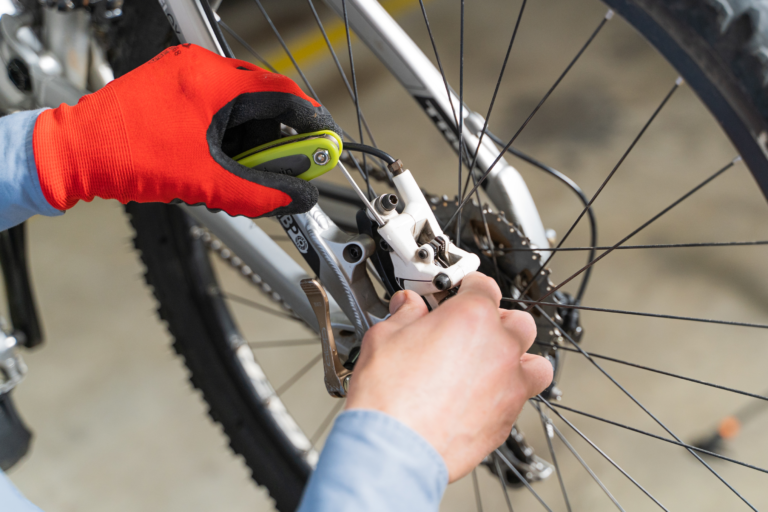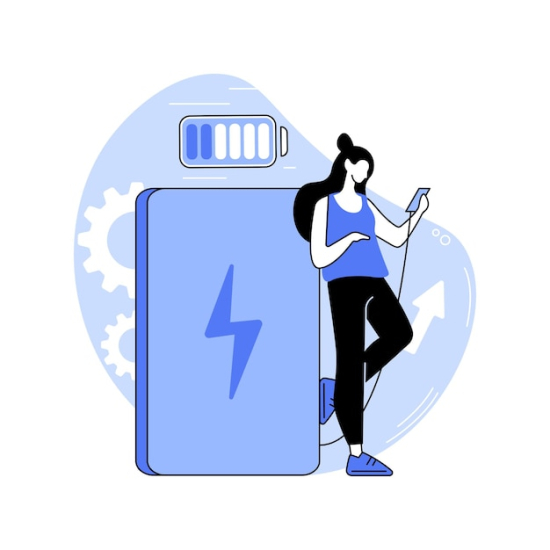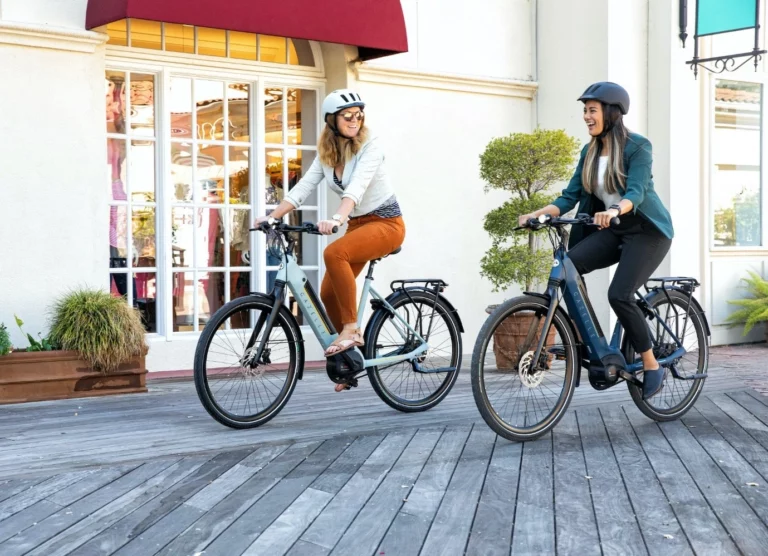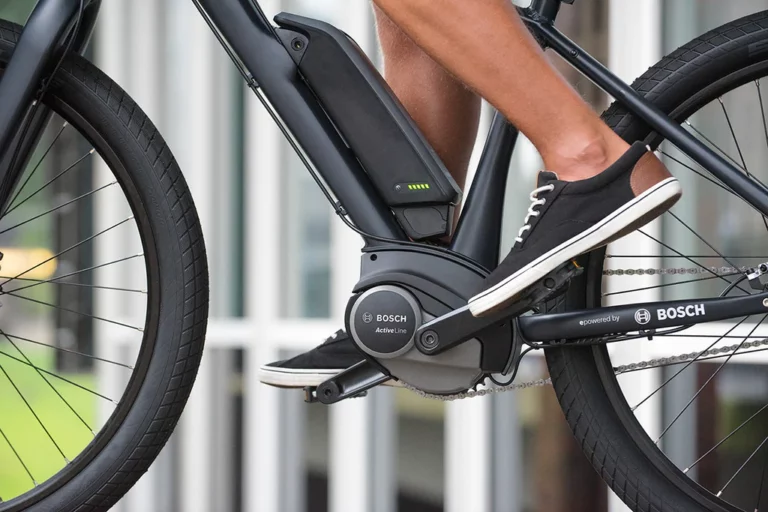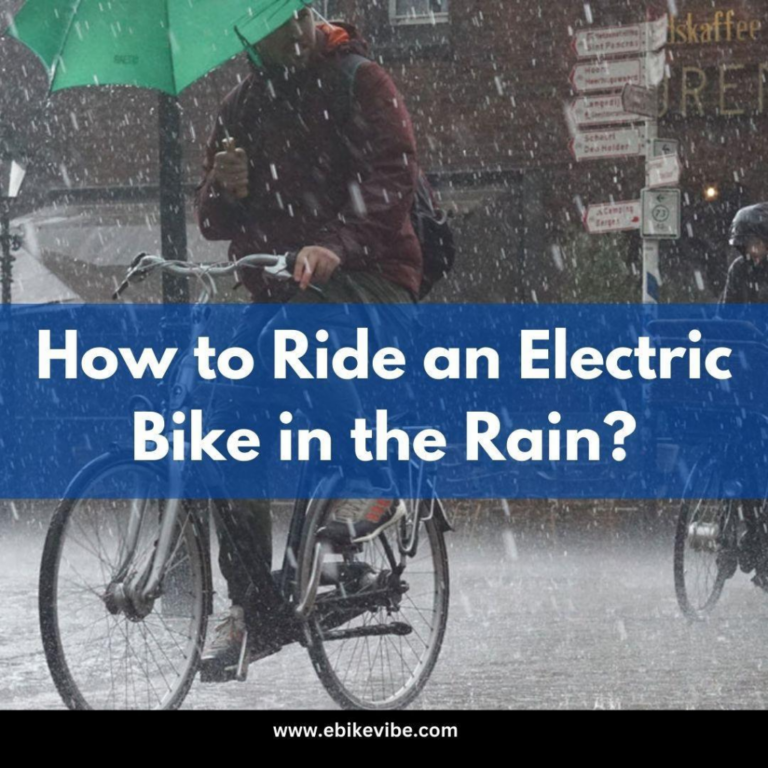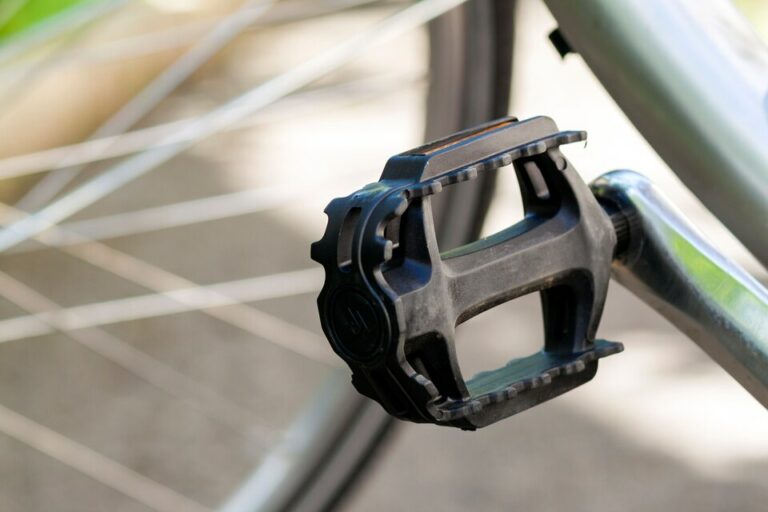Troubleshooting Common Electric Bike Problems
Electric bicycles, or eBikes, have revolutionized the cycling experience by incorporating advanced features and components not found in traditional mountain bikes. With an electric motor and a motor inhibitor switch for convenient control, eBikes provide an extra boost of power to riders. Safety is enhanced with a brake motor inhibitor that cuts off power to the motor when the brakes are engaged, ensuring efficient stopping. Indicator lights improve visibility and communicate the rider’s intentions to others on the road, promoting safer riding conditions. Powered by long-lasting lithium-ion batteries, eBikes offer extended range and require occasional battery maintenance, including monitoring power levels and considering replacement options. Specialized repair shops cater to the unique needs of eBike users, providing expertise in handling electrical components and mechanical systems. By properly connecting all components and ensuring the pedal assist system, battery pack, and brake levers are in good working order, riders can optimize the performance and longevity of their eBikes. While eBikes may produce some hub motor noise, manufacturers are continuously working to minimize this sound for a smoother and quieter ride. With a comprehensive understanding of the features and maintenance requirements of eBikes, riders can fully enjoy the convenience, power, and eco-friendliness offered by these electric bicycles.
Common e-bike problems and how to fix them
The maintenance of an electric bike (e-bike) differs significantly from that of a regular bicycle due to the additional components and complexity associated with its electric motor and battery system. While traditional bikes focus mainly on mechanical upkeep such as chain lubrication and brake adjustments, electric bikes require attention to electrical components, battery charging, and motor performance. Maintenance tasks for e-bikes include monitoring battery health, checking and updating firmware, inspecting wiring connections, and ensuring motor efficiency. The integration of technology and electrical systems in electric bikes / e bikes necessitates a specialized approach to maintenance, making it distinct from the routine upkeep required for conventional bicycles. From brake pads, and a brake lever to motor bearings, an ebike can have many issues with its component. The following are common e bike problems that electric bike owners face.
Fixing Speed Sensors
- Inspect the speed sensor for damage or misalignment.
- Clean the sensor and its surrounding area from dirt and debris.
- Ensure proper alignment of the magnet attached to the wheel’s spoke.
- Verify the sensor clearance and adjust if necessary.
- Test the e-bike to check if the speed sensor is functioning accurately.
- Check wiring connections between the speed sensor and the controller.
- Replace the speed sensor if all other steps fail to resolve the issue.
- Consult the e-bike’s user manual or seek professional assistance if needed
Wiring and Connections Checks
- Regularly inspect the wiring harness and connections for any signs of wear, fraying, or damage.
- Ensure all wiring connections are securely plugged in and tightened.
- Check for loose or corroded connectors and clean or tighten them as necessary.
- Look for any exposed wires and insulate or repair them promptly.
- Pay attention to the wiring around high-stress areas such as handlebars, fork, and frame junctions.
- Use zip ties or cable management solutions to organize and secure the wiring for better protection.
- Test the functionality of lights, indicators, and other electrical components to ensure proper wiring connections.
- Refer to the e-bike’s user manual or wiring diagrams for guidance on specific connections and troubleshooting steps.
E-bike throttle not working
Most electric bikes have throttle these days, so problems related to throttle are pretty common.
Don’t Miss: How To Fix Or Repair Ebike Chain?
Certain electric bicycles are equipped with both throttle assist and a pedal assist system (PAS). Throttle assist allows the motor to engage and propel the bike forward without the need for pedaling.
The throttle serves as the activator for this feature.The throttle assist feature won’t work properly if there’s a problem with the throttle.
Most cases of throttle malfunction occur due to excessive use. Prolonged pressure on the throttle can cause it to become stuck and fail to return to its original position. Over time, this can result in damage or looseness of the throttle. One sign of a issue is when the throttle assist suddenly stops working during cycling.
To troubleshoot the throttle, follow these steps:
- Check the position of the throttle, located near the bike’s handlebars. A malfunctioning throttle will often remain stuck in the rear position instead of returning to its resting state.
- Manually pull the throttle back into its original position. While the power is off, test the throttle by pushing it to the rear position and observing if it promptly returns to its normal state or if there is a delay.
- If the throttle fails to return or does so slowly, it will need to be replaced.
The Battery Life Is Short
Battery power related issues are very common among electric bike users.
- Check if the battery capacity is suitable for your desired riding distance.
- Adjust your riding style to minimize excessive motor assistance, high speeds, and frequent stops.
- Follow the manufacturer’s guidelines for proper battery maintenance, including charging cycles and storage conditions.
- Avoid exposing the battery to extreme temperatures, as it can affect its performance.
- Consider upgrading to a higher-capacity battery pack for extended range.
- Seek assistance from the manufacturer or a specialized repair shop if the issue persists despite troubleshooting.
Motor-Specific issues
Motor-specific issues can affect the performance of an e-bike. Here are some common motor-related problems and their potential solutions:
1. Motor not engaging:
- Check if the motor is properly connected and securely mounted.
- Verify that the motor cable is correctly plugged in and undamaged.
- Ensure that the motor controller is functioning correctly.
2. Motor running but lacks power:
- Inspect the battery voltage and ensure it meets the required level.
- Check if the motor is overheating. If so, allow it to cool down before use.
- Examine the motor controller for any faults or error codes.
3. Motor producing unusual noises:
- Inspect the motor for any loose or damaged parts, such as screws or housing.
- Check if the motor’s bearings are worn out and need replacement.
- Lubricate the motor as per the manufacturer’s guidelines
4. Motor jerking or stuttering:
- Check the throttle or pedal-assist sensor for any connectivity issues or damage.
- Inspect the wiring connections between the motor and the controller.
- Ensure the motor controller firmware is up to date.
5. Motor overheating:
- Verify that the motor is not overloaded by excessive weight or steep inclines.
- Check for proper ventilation around the motor.
- Reduce the usage of high-assist levels on prolonged rides.
If you encounter motor-specific issues that cannot be resolved through basic troubleshooting, it is recommended to consult a professional e-bike technician or contact the manufacturer’s customer support for further assistance.
E-bike pedal assist not working
Problem in PAS is also among one of the most common problems
The pedal-assist system (PAS) provides propulsion to the bike while you pedal. Most bicycles offer varying levels of pedal assistance to accommodate different support preferences.
The PAS may encounter malfunctions due to power interruptions or inconsistencies in the power supply. Connectivity issues with the bike’s pedal, sprockets, chain paddles, or wheels could be responsible for intermittent power. Another potential culprit could be a problem with the magnet ring and sensor located on the front sprocket.
To determine the cause of your PAS problems, follow these steps:
- Inspect for any loose components or connections, particularly if you recently made adjustments to the mechanical parts of your bike, such as the sprockets or chain paddles.
- Examine the placement of the magnet ring on the bike’s front sprocket. Ensure that the magnet and sensor are correctly aligned.
- If the magnet ring has been displaced or is dirty, it may require adjustment. The magnet can be moved nearer to the sensor by gently applying pressure with a flathead screwdriver.
If the given troubleshooting steps fail to resolve the issue, it is advisable to seek professional assistance at a bike shop. Further diagnosis is required by a competent mechanic to, remove, and replace any faulty parts, ensuring the proper functioning of your PAS.
How to check e-bike battery voltage
The power of an e-bike is determined by its battery voltage. If the battery fails to reach its full voltage capacity, it could indicate an aging battery that requires replacement. In the case of a new e-bike, a defective battery may be the cause.
It is important to identify any defects promptly.
To check the voltage of an e-bike battery, you can use a voltmeter or multimeter. Simply connect the prongs of the device to the battery, ensuring proper alignment of the positive and negative sides.
Alternatively, you can attach the voltmeter to the battery’s charger connector.
The voltmeter will indicate if the battery is draining faster than expected. If it does, consider when the battery was last charged.
If the battery pack hasn’t been charged for six months or less, it may require a top-up. However, if the battery of electric bicycle hasn’t been charged for over six months, it is likely defective. It is advisable to have a replacement battery.
Battery problems may occur due to many reasons like extreme weather conditions, extreme heat or cold, and loose wiring. Make sure to the battery is properly connected,
How to test the e-bike battery charger
- Ensure safety: Before testing, make sure you are in a safe and well-ventilated area. Unhook the charger from the e-bike battery and unhook it from the power source.
- Visual inspection: Inspect the charger for any visible damage, such as frayed wires, bent prongs, or burnt components. If you notice any damage, do not proceed with the testing and consider replacing the charger.
- Voltmeter or multimeter test:
-
- Set the voltmeter or multimeter to DC voltage mode.
- Determine the charger connector’s positive (+) and negative (-) terminals.
- Connect the voltmeter’s positive probe to the charger connector’s positive terminal and its negative probe to the terminal marked “negative.”
- Plug the charger into a power source.
- Check the voltmeter or multimeter reading. It should display the charger’s output voltage, which should match the specifications of your e-bike battery. For example, if your battery is 48V, the charger should output around 48V.
- Monitor the voltage reading for stability and ensure it remains within the acceptable range.
4. Charging functionality test:
- Connect the charger to the e-bike battery as per the manufacturer’s instructions.
- Plug the charger into a power source.
- Observe the charging process for any signs of malfunction, such as unusual noises, excessive heat, or flickering lights.
- Monitor the battery’s charging progress. The charger should steadily increase the battery’s voltage until it reaches the desired level.
Loose Connection
- Turn off the e-bike and disconnect the battery.
- Identify the loose connection by inspecting the wiring and connectors.
- Reconnect any loose wires to their appropriate terminals or connectors.
- Ensure connectors are securely pushed into their corresponding sockets or terminals.
- Check for any damage to the wires or connectors and repair or replace them if necessary.
- Turn on the e-bike and test the connection to verify proper functionality.
- Organize and secure the cables with zip ties or cable clips for proper cable management.
We advise to get your ebike checked from time to time to keep it functional and safe for your use. Visit expert shops at least once a year for maintenance.


